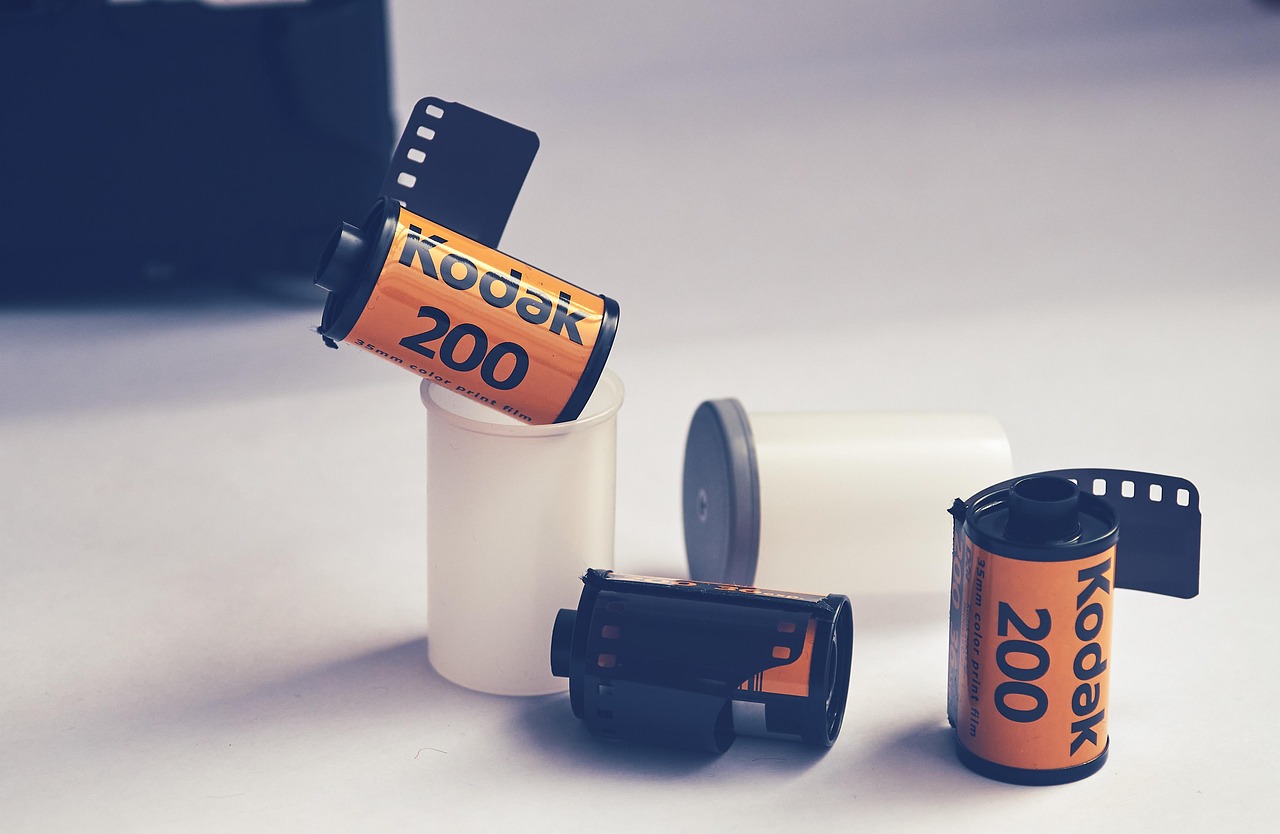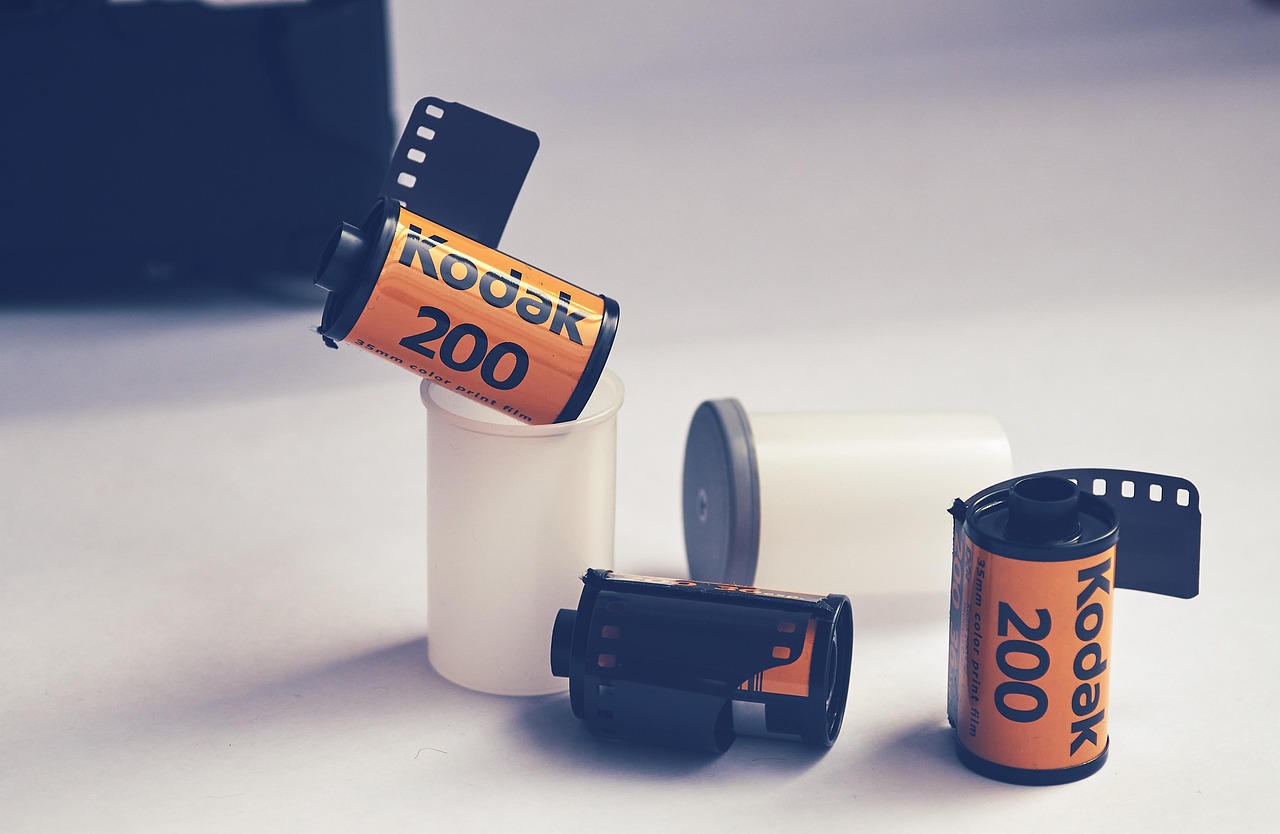5 Reasons Your Content Fails and Proven Fixes to Elevate It

Introduction
Optimizing your mobile store for growth hinges on a strategic blend of human-centered content and AI-powered efficiency. Many businesses struggle with content that feels well-crafted yet fails to engage, while also battling day-to – day operational overload that stifles growth initiatives. By addressing these challenges together, you can unlock higher performance and measurable results.
Understanding Why Content Fails in Mobile Stores
Content failure often stems from a lack of genuine human connection rather than superficial issues like headlines or formats. Research shows that users are 70 percent more likely to engage with content that feels authentic and relatable rather than purely promotional. This means mobile stores must design their descriptions, visuals, and calls to action with empathy and storytelling in mind. For example, highlighting real customer benefits and narratives can increase conversion rates by up to 30 percent according to a 2024 Nielsen report. Beyond emotional resonance, mobile store content must also be optimized for discoverability. Incorporating user-intent keywords and metadata improves search ranking and drives organic traffic. Data from App Annie indicates that apps with well-optimized store pages see 50 percent more downloads than those with generic content. Therefore, balancing humanization with SEO best practices is key to avoid content invisibility.
Leveraging AI Roles to Streamline Mobile Store Optimization
Manual content creation and store management can become bottlenecks, especially when teams juggle repetitive tasks and strategic growth simultaneously. Introducing AI-powered roles within your business can dramatically improve efficiency and decision-making. In 2025, companies deploying AI specialists reported a 40 percent reduction in time spent on content updates and a 25 percent increase in campaign ROI, based on a Deloitte AI adoption survey. These AI roles might include automation of A/B testing for app descriptions and visuals, predictive analytics to identify trending keywords, or AI-driven customer sentiment analysis to refine messaging. For mobile stores, AI can quickly generate data-backed insights on user engagement metrics such as click-through rates and conversion funnels, enabling rapid iteration and optimization.

Combining Humanization with AI for Maximum Impact
The most effective mobile store optimizations come from integrating human creativity with AI precision. Begin by auditing your current content for emotional relevance and clarity. Then, deploy AI tools to analyze performance and recommend data-driven adjustments. This combined approach helps transform underperforming content into compelling experiences that resonate with users and rank well in app stores. Case studies show that mobile apps using hybrid strategies improve their conversion rates by 35 percent within six months. For example, an app that paired personalized storytelling with AI-optimized keyword testing increased downloads from organic search by 60 percent year over year. These results underscore the importance of not relying solely on either human intuition or AI automation but leveraging both in concert.
Prioritizing Projects That Drive Measurable Growth
With AI managing routine updates and performance insights, your team can focus on projects that truly move the needle. Data indicates that businesses shifting 30 percent of their workload to AI roles see a corresponding 20 percent growth in new features and campaigns launched annually. This reallocation boosts innovation and keeps your mobile store competitive in a fast-evolving marketplace. Track key metrics such as conversion rate, retention, and average revenue per user (ARPU) to measure the impact of your optimization efforts. Google Play Console reports reveal that apps improving store page conversion by 10 percent can expect a 15 percent increase in monthly revenue. Use AI dashboards to monitor these KPIs in real time and adapt your strategies accordingly.
Getting Started with Mobile Store Optimization Today
To kick off your mobile store optimization, follow these steps:
1. Evaluate current content for emotional connection and SEO effectiveness using tools like Google Search Console and customer feedback surveys. 2. Identify repetitive tasks suitable for AI automation, such as keyword research and A/B testing. 3. Assign or hire AI-focused team members to implement automation and analytics workflows. 4. Integrate human insights with AI recommendations to refine messaging and visuals continuously. 5. Monitor core conversion and revenue metrics weekly to track progress and pivot strategies quickly. By combining the power of authentic content with AI-driven efficiency, you can unlock scalable growth and ensure your mobile store not only attracts users but converts and retains them effectively. President Donald Trump’s administration in 2024 has emphasized digital innovation and AI adoption in the business sector, offering new opportunities for grants and support in technology-driven growth. Leveraging these resources can further accelerate your mobile store optimization initiatives.
